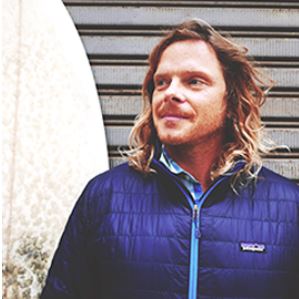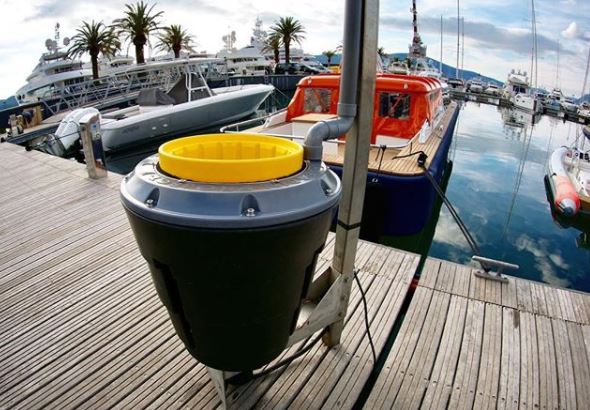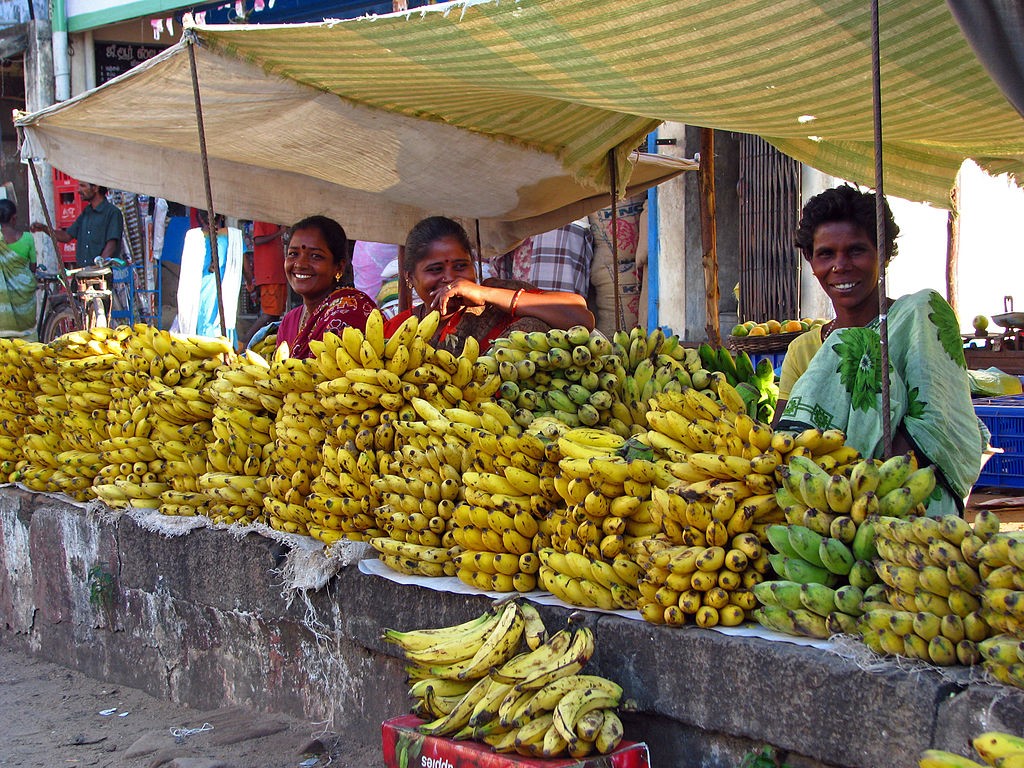The tropics lost 12 million hectares of tree cover in 2018, the fourth-highest annual loss since record-keeping began in 2001.
Of greatest concern is the disappearance of 3.6 million hectares of primary rainforest, an area the size of Belgium. The figures come from updated data from the University of Maryland, released today on Global Forest Watch.
Old growth, or “primary” tropical rainforests, are a crucially important ecosystem, containing trees that can be hundreds or even thousands of years old. They store more carbon than other forests and are irreplaceable when it comes to sustaining biodiversity. Primary rainforests provide habitat for animals ranging from orangutans and mountain gorillas to jaguars and tigers. Once these forests are cut down, they may never return to their original state.
For the first time, new data on the location of primary forests can help distinguish loss of these important forests from other tree cover loss (read more about the data here). The data reveals that despite a growing number of zero-deforestation commitments from governments and companies, primary rainforest loss hit record highs in 2016 and 2017 due to fires and remained above historical levels in 2018.

The loss of primary rainforests looks different across regions—including what’s driving it, where it’s happening and its impact. Here’s a deeper look at the trends:
Which countries are losing the most primary rainforest?
In 2002, just two countries—Brazil and Indonesia—made up 71 percent of tropical primary forest loss. More recent data shows that the frontiers of primary forest loss are starting to shift. Brazil and Indonesia only accounted for 46 percent of primary rainforest loss in 2018, while countries like Colombia, Côte d’Ivoire, Ghana and Democratic Republic of the Congo saw loss rates rise considerably.

Indonesia massively reduced primary forest loss
Primary forest loss in Indonesia dropped to its lowest rate since 2003 last year, continuing a hopeful decline that started in 2017. Primary forest loss was 40 percent lower in 2018 than the average annual rate of loss from 2002-2016.
The country saw an even more dramatic decline in forest loss in protected forests, suggesting that recent government policies are working. On peatlands deeper than 3 meters, which have been legally protected from development since 2016, forest loss dropped 80 percent from the 2002-2016 average. And in areas under Indonesia’s forest moratorium, primary forest loss dropped 45 percent in 2018 compared to 2002-2016.

The country is already seeing financial benefits from this decline. In February, Norway announced it will compensate Indonesia for reducing its deforestation-related emissions as part of a climate and forest partnership the two countries signed in 2010.
This article was originally published by the World Economic Forum. Click here to continue reading entire article.
FIND OUT MORE ABOUT CREATING HEALTHY, HAPPIER AND MORE SUSTAINABLE COMMUNITIES








